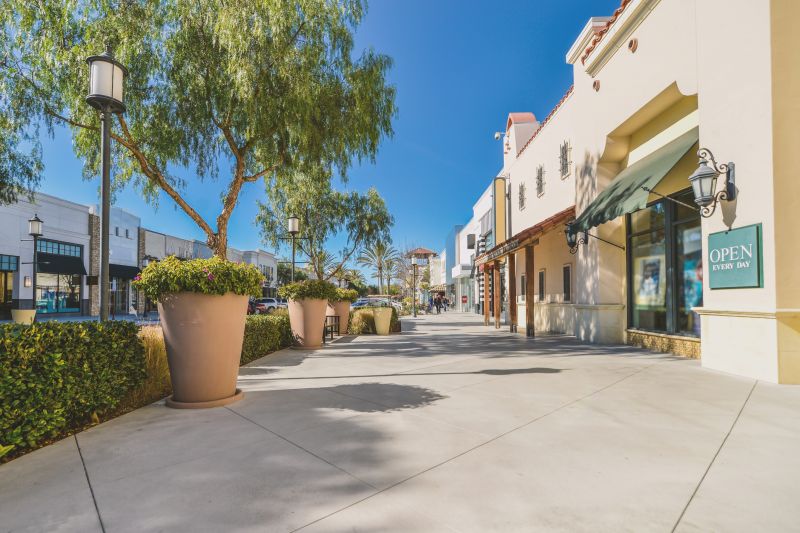Favorite Concrete Repair Solutions For Seamless Surface Restoration
Choose from trusted products designed to blend seamlessly and restore the integrity of your concrete surfaces.
 Concrete repair products are essential for maintaining the integrity and safety of structures, whether residential, commercial, or industrial. Over time, concrete surfaces can develop cracks, chips, or surface deterioration due to weather exposure, load stress, or aging. Selecting the appropriate repair materials is crucial for effective restoration and long-lasting results. These products vary widely in formulation, application method, and purpose, making it important to understand the specific needs of each repair project.
Concrete repair products are essential for maintaining the integrity and safety of structures, whether residential, commercial, or industrial. Over time, concrete surfaces can develop cracks, chips, or surface deterioration due to weather exposure, load stress, or aging. Selecting the appropriate repair materials is crucial for effective restoration and long-lasting results. These products vary widely in formulation, application method, and purpose, making it important to understand the specific needs of each repair project.
Top Overall Option
Multi-Purpose Concrete Repair Compound
A versatile repair compound that adheres well to various concrete surfaces, suitable for filling cracks, chips, and surface imperfections. It offers a durable finish that can be sanded or painted after curing, making it ideal for a wide range of repair needs. Its ease of application and reliable performance make it a popular choice for both DIY projects and professional use.
Types of Products For Concrete Repairs
Concrete Patch and Crack Filler
Used for filling small cracks and surface imperfections to restore appearance and prevent further damage.
Epoxy Injection Kits
Designed for structural repairs, these kits help bond and stabilize cracked concrete elements.
Polyurethane Foam Sealants
Flexible fillers ideal for sealing cracks that may experience movement or expansion.
Concrete Resurfacing Products
Applied over existing surfaces to improve texture and protect against future deterioration.
Hydraulic Cement
Fast-setting cement used for stopping active leaks and repairing structural damage.
Self-Leveling Underlayments
Smooth out uneven concrete surfaces and prepare for finishing layers or coatings.
Bonding Agents
Enhance adhesion between old and new concrete layers for durable repairs.
Surface Sealers
Protect repaired areas from moisture, stains, and surface wear.
Concrete Repair Mortars
Heavy-duty mortars suitable for filling large voids and rebuilding damaged sections.
Fiber-Reinforced Repair Products
Contain fibers to improve crack resistance and structural integrity of repairs.
Quick-Set Repair Mixes
Allow rapid repairs for urgent situations with minimal downtime.
Crack Repair Tape
Provides a flexible barrier for sealing cracks before applying filler or coating.
Popular Choices
Widely used for sealing minor cracks and preventing water infiltration.
Popular for structural crack repairs and bonding applications.
Chosen for flexible crack sealing in moving or shifting concrete surfaces.
Applied to restore and protect worn or damaged concrete floors and driveways.
Commonly used for quick fixes on active leaks and structural cracks.
Popular for creating even surfaces before finishing or coating.
Enhances adhesion of repair products and coatings.
Protects repaired surfaces and extends their lifespan.
Used for rebuilding sections of damaged or broken concrete.
Provides added strength and crack resistance for repairs.
Ideal for quick repairs requiring minimal curing time.
Flexible tape to reinforce crack sealing before applying filler.
For minor surface imperfections or superficial cracks, patching compounds and surface fillers are commonly used. These products are designed to bond well with existing concrete, providing a smooth finish that can be further sealed or painted. For deeper cracks or structural concerns, epoxy injections and polyurethane foam fillers are often employed to restore strength and prevent further deterioration. In addition, concrete resurfacing products can be applied over existing surfaces to improve appearance and protect against future damage.
Proper preparation is key when working with concrete repair products. Cleaning the damaged area thoroughly, removing loose debris, and ensuring the surface is dry can significantly influence the effectiveness of the repair. Many products are formulated for easy application with trowels, brushes, or spray equipment, making them suitable for both DIY enthusiasts and professional contractors. It is also important to select products that are compatible with the existing concrete to ensure a durable bond and optimal performance over time.
When choosing concrete repair products, consider factors such as the size and extent of the damage, environmental conditions, and the desired finish. Some products are designed to withstand freeze-thaw cycles, while others focus on quick setting times or high adhesion strength. Properly selecting the right materials can help extend the lifespan of the repair and maintain the safety and appearance of concrete surfaces in Garner, NC, and beyond.
Key Buying Considerations
- Identify the extent and type of damage to select appropriate repair products.
- Determine whether a surface patch, structural repair, or resurfacing is needed.
- Check product compatibility with existing concrete to ensure proper bonding.
- Consider environmental conditions such as moisture, temperature, and freeze-thaw cycles.
- Evaluate the curing time and whether quick-set options are necessary for your project timeline.
- Assess the flexibility of the repair material if the concrete is in a moving or load-bearing area.
- Choose products with appropriate adhesion strength for long-lasting repairs.
- Review the ease of application, especially if undertaking DIY repairs.
- Select repair materials that can be sanded, painted, or sealed if desired for aesthetic purposes.
- Consider the size of the repair area to determine the quantity of product needed.
- Look for products that offer added features like crack resistance or high durability.
- Evaluate whether sealers or protective coatings are necessary after the repair to prevent future damage.
- Check for compatibility with any existing coatings or finishes on the concrete surface.
- Ensure the repair product is suitable for indoor or outdoor use based on location.
